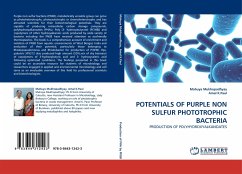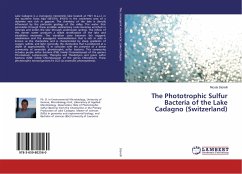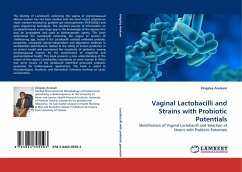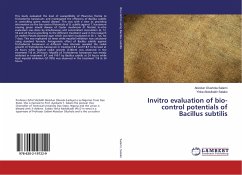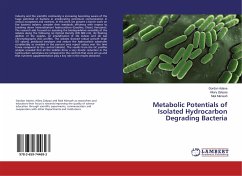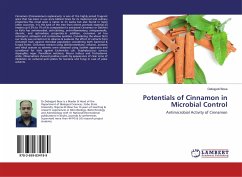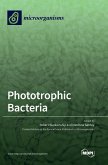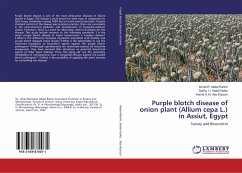Purple non sulfur bacteria (PNSB), metabolically versatile group can grow as photoheterotrophs, photoautotrophs or chemoheterotrophs and has attracted scientists for their biotechnological potentials. They are capable of producing intracellular carbon storage compounds, polyhydroxyalkanoates (PHAs). Poly (3- hydroxybutyrate) [P(3HB)] and copolymers of other hydroxyalkanoic acids produced by wide variety of bacteria including the PNSB have received attention as ecofriendly thermoplastics. The book is a comprehensive account of enrichment and isolation of PNSB from aquatic environments of West Bengal, India and evaluation of their potential, particularly those belonging to Rhodopseudomonas and Rhodobacter for production of P(3HB). Rps. palustris SP5212 also produced high amount (55%,w/v of dry biomass) of copolymers of 3-hydroxybutyric acid and 3- hydroxyvaleric acid following optimized conditions. The findings presented in this book could be an accessible resource for students of microbiology and researchers engaged in applied and environmental microbiology and will serve as an invaluable overview of this field for professional scientists and biotechnologists.
Bitte wählen Sie Ihr Anliegen aus.
Rechnungen
Retourenschein anfordern
Bestellstatus
Storno

